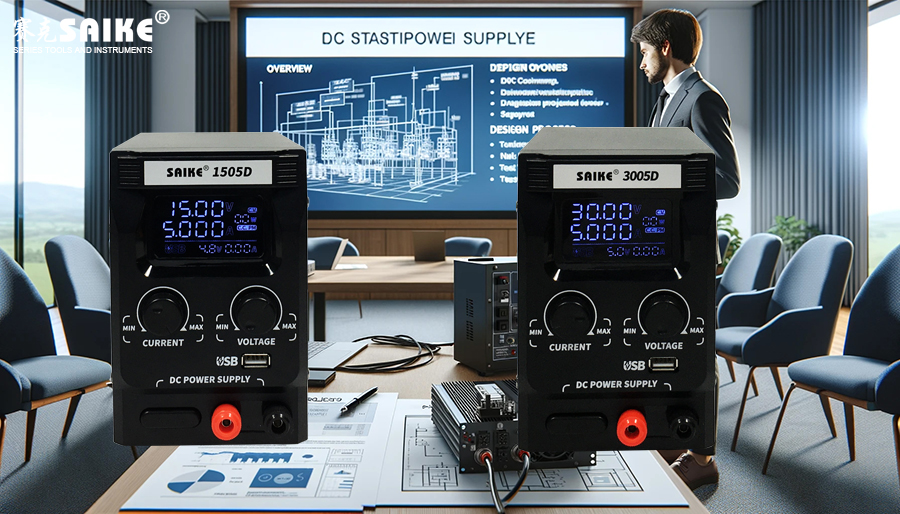
SK-YJ000ZLWYDY-KP 100041
Noise in DC stabilized power supplies primarily originates from switching operations and electromagnetic interference (EMI) in the circuit. This noise not only affects the performance of the power supply but can also interfere with other electronic devices. To enhance the overall performance and reliability of the power supply, this article explores several effective techniques for reducing noise in DC stabilized power supplies.
I. Application of Filtering Techniques
1.Input and Output Filters
– Utilize LC filters (combinations of inductors and capacitors) to suppress high-frequency noise at the input and output terminals.
– Select appropriate inductor and capacitor values to match the frequency characteristics of the power supply, thereby effectively reducing noise.
2.Reduction of Switching Noise
– In the design of switching power supplies, careful selection of switching frequency and adjustment of the duty cycle can minimize noise generated by switching operations.
II. Optimizing Circuit Design
1.Reducing Parasitic Parameters
– Optimize the layout of the printed circuit board (PCB) to minimize crosstalk and parasitic capacitance between lines, thereby reducing noise generation.
– A well-designed PCB layout can effectively separate high-speed switching circuits from sensitive signal processing circuits to reduce mutual interference.
2.Choosing Appropriate Switching Components
– Utilize MOSFETs or other semiconductor switches with low switching noise, which exhibit better conduction characteristics and lower switching losses.
III. Thermal Management and Heat Dissipation Design
1.Heat Dissipation Measures
– Good heat dissipation design not only prevents overheating of the power supply but also reduces electronic noise caused by temperature changes.
– Employ heat dissipation equipment such as heatsinks, fans, or heat pipes to maintain power supply components at optimal operating temperatures.
2.Stable Thermal Environment
– Ensure thermal stability in the power supply design to avoid electrical performance instability caused by temperature fluctuations.
IV. Adopting Advanced Control Techniques
1.Utilizing Soft-Start and Soft-Stop Technologies
– Soft-start can reduce current surges and voltage fluctuations during startup, thereby lowering system noise.
– Soft-stop technology avoids voltage spikes during shutdown by gradually reducing the current.
2.Dynamic Adjustment Technology
– Respond to different load conditions by dynamically adjusting the switching frequency or duty cycle, which can reduce unnecessary switching noise and improve efficiency.
V. Conclusion
Reducing noise in DC stabilized power supplies requires comprehensive consideration of various factors, including circuit design, component selection, layout optimization, and advanced control techniques. By implementing the aforementioned techniques, power supply noise can be significantly reduced, enhancing the performance of the power supply and the overall reliability of the equipment. As electronic technology continues to evolve, the demand for noise control is constantly increasing. Therefore, continued attention and implementation of these strategies will help advance the technology of DC stabilized power supplies.


